Spin Doctors: Wilson Uses Missile-Tracking Technology to Target Racket Control

Just as a little spin, properly placed, can alter the course of a political campaign, so too does it affect the path of the ball in so many sports. In tennis, spin allows players to hit harder and still keep the ball in the court. Until recently, though, the only way to study spin was with a stationary racket and balls fired at it from different angles. So, the engineers at Wilson tennis turned to the technology found in Doppler radar-based missile-tracking, the same technology equipment the company’s golf department was already using.
“The golf guys had this technology for measuring the flight path and spin of a golf ball,” John Lyons, global product director for Wilson Racquet Sports, tells Edge. “They said, Let’s figure out how to use this.” The system was eventually rebuilt for tennis and became the “world’s only live-tracking system that can measure the flight, speed, rotation [and] height over the net, measuring it in real time.”
All that data—using the same stroke with different racket variations—pushed Wilson to create its Spin Effect line, which added carbon fiber to the racket and offered a new string bed pattern yielding more than 200 additional RPMs for a ball, 69 percent faster string snapback and the ability for a ball to clear the net with an additional two inches, all while dropping into the court 12 inches sooner, the company claims.
“The spin is letting you make the ball drop in,” Lyons says. “In the last two or three feet of the ball path, it drops more. The angle starts higher and drops down at the end.”
Strings play a major role in spin, so increasing the time during which the ball is in contact with the string bed from four milliseconds to five offers more opportunity for the strings to move.
The crisscross pattern of the strings includes the main vertical strings—those do all the movement—and the cross strings, which are “sorta just there to support them.” Wilson tested 38 different patterns and initially thought using fewer strings was key. “What we figured out was not to reduce the main string, but we want to have more string in contact with the ball,” Lyons says. “Reducing the number of cross strings allows the main strings to move more and snap back.” The biggest sweet spot, so to say, was simply having fewer cross strings than main.
The initial Spin Effect racket, launched in 2013, had 16 mains and 15 crosses. Every other racket on the market has at least the same number, if not more, of cross strings. After Year One, Wilson stepped up the spin even more, introducing a new pattern of 18 main strings and 16 cross strings for 2014. The patterns—the 16x15 has more power and the 18x16 has more precision—allowed Wilson to introduce a Spin Effect version of all five of its lines.
Babolat Play: Taking Tennis Analytics to the Next Level at the French Open
Rod Cross, an Australian physicist who has specialized in tennis technology, tells Edge that “increasing the spacing between strings gives them more freedom to move sideways across the other strings.” This freedom allows the strings to snap back to where they were as the ball leaves the racket, generating more spin.
Wilson needed to reinforce the racket construction to better handle the string changes. A racket bends in multiple dimensions when the ball hits it, and to keep the ball on the strings for that extra—precious—millisecond, Wilson laid six to 10 layers of carbon fibers at different angles—the fiber wraps together and is baked to ensure a hollow middle—to change the orientation of racket movement for “optimized dwell time.”
So far, more than 15 professionals have switched over to Spin Effect, including Grigor Dimitrov and Alexander Dolgopolov, with other top players play-testing the spin versions and Lyons expecting a larger switchover to come in the offseason. On the consumer side, the spin rackets now sell better than the traditional versions.
With little negative to gaining more spin—strings will break quicker with the increased wear, is the most significant—Lyons expects to continue upping Spin Effect offerings in the future, especially now that Doppler-led data has him counting in milliseconds.
Tim Newcomb covers stadiums, design and gear for Sports Illustrated. Follow him on Twitter at @tdnewcomb.
Wilson Spin Gallery
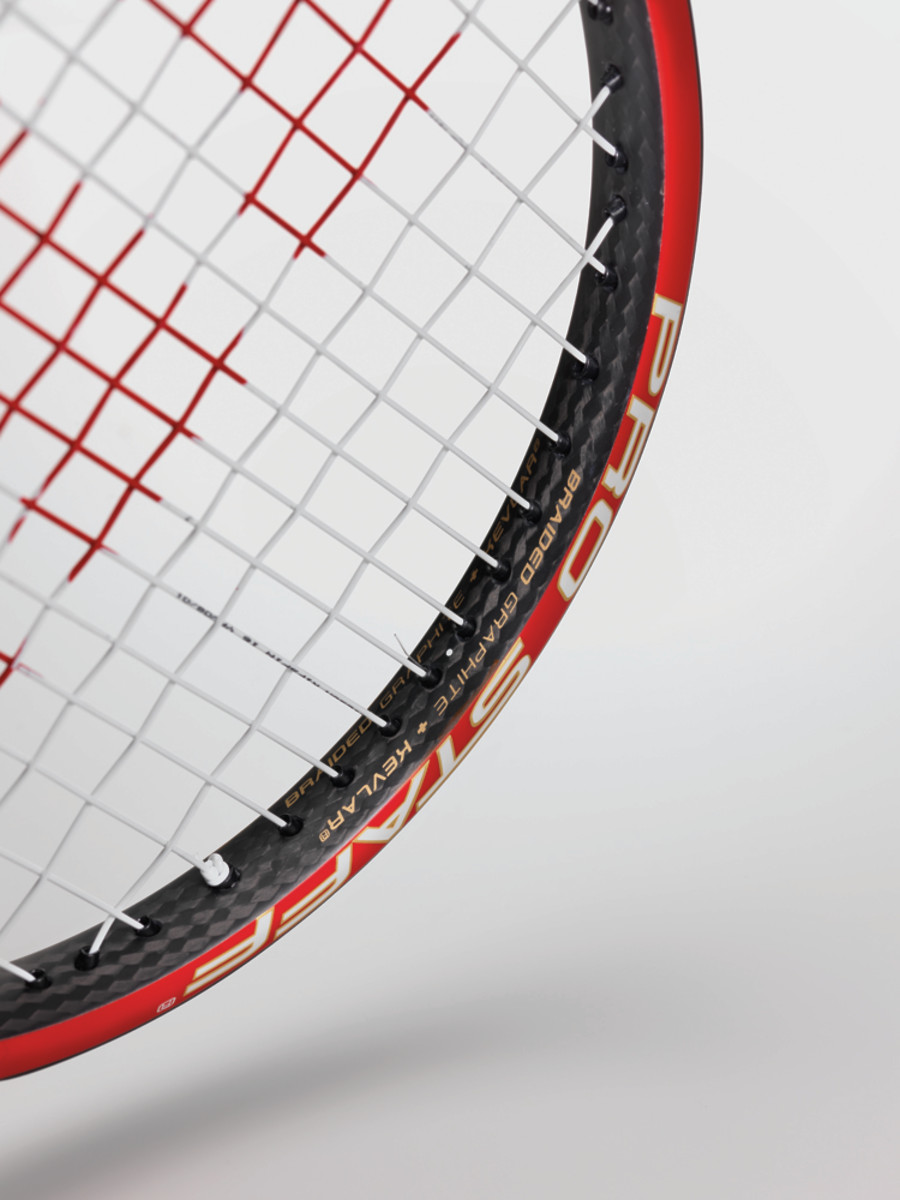
Go behind-the-scenes during the making of Wilson's spin technology. (Photos courtesy of Wilson)
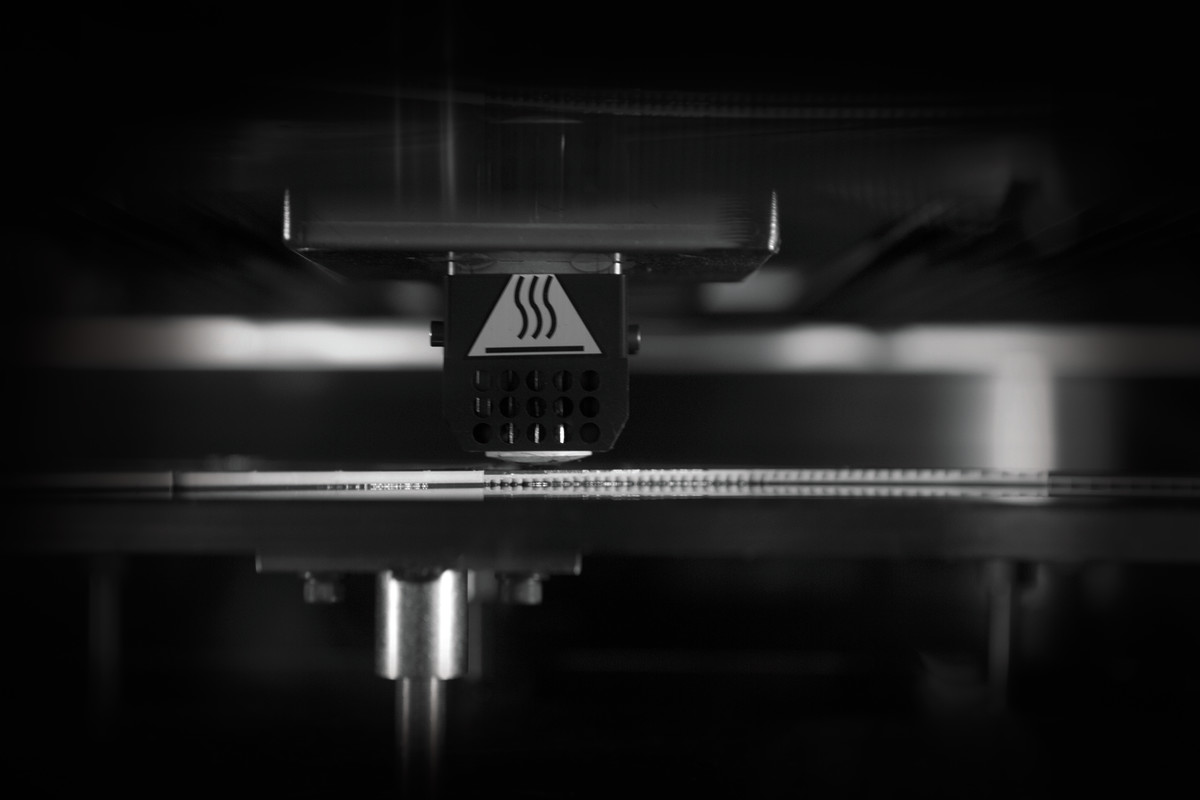
Go behind-the-scenes during the making of Wilson's spin technology. (Photos courtesy of Wilson)
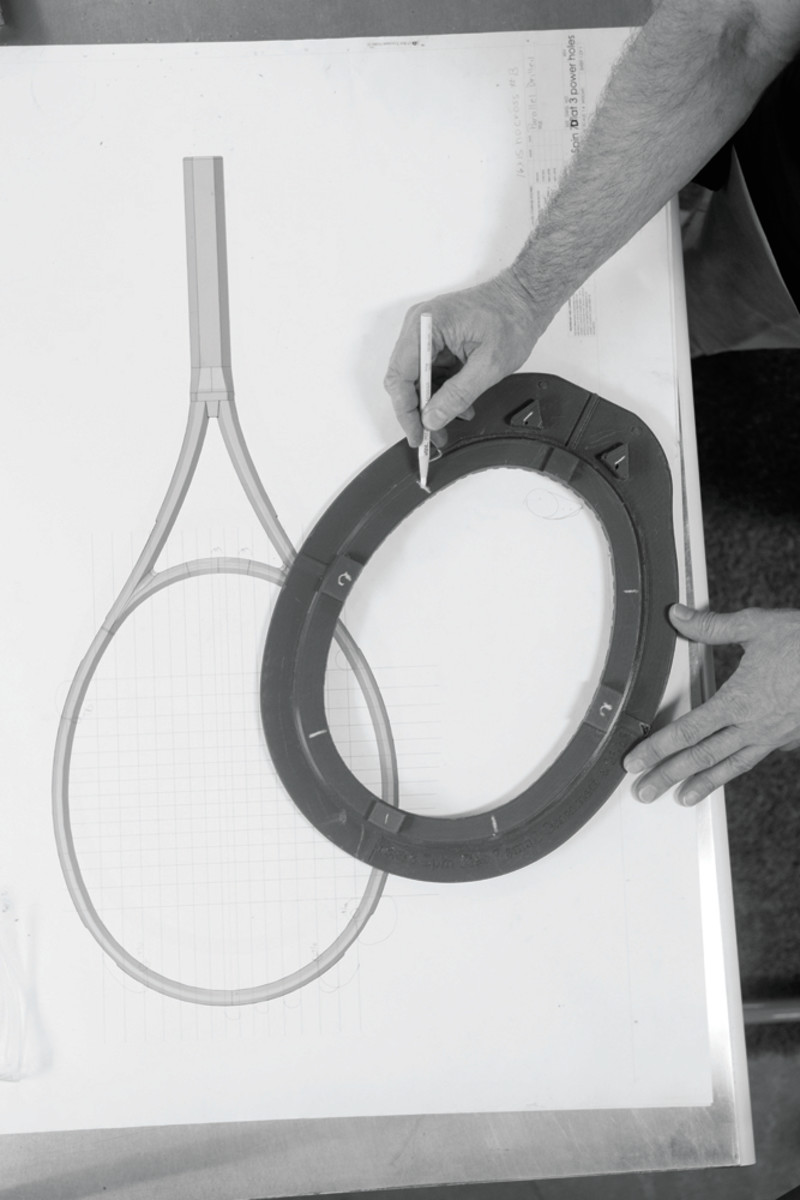
Go behind-the-scenes during the making of Wilson's spin technology. (Photos courtesy of Wilson)
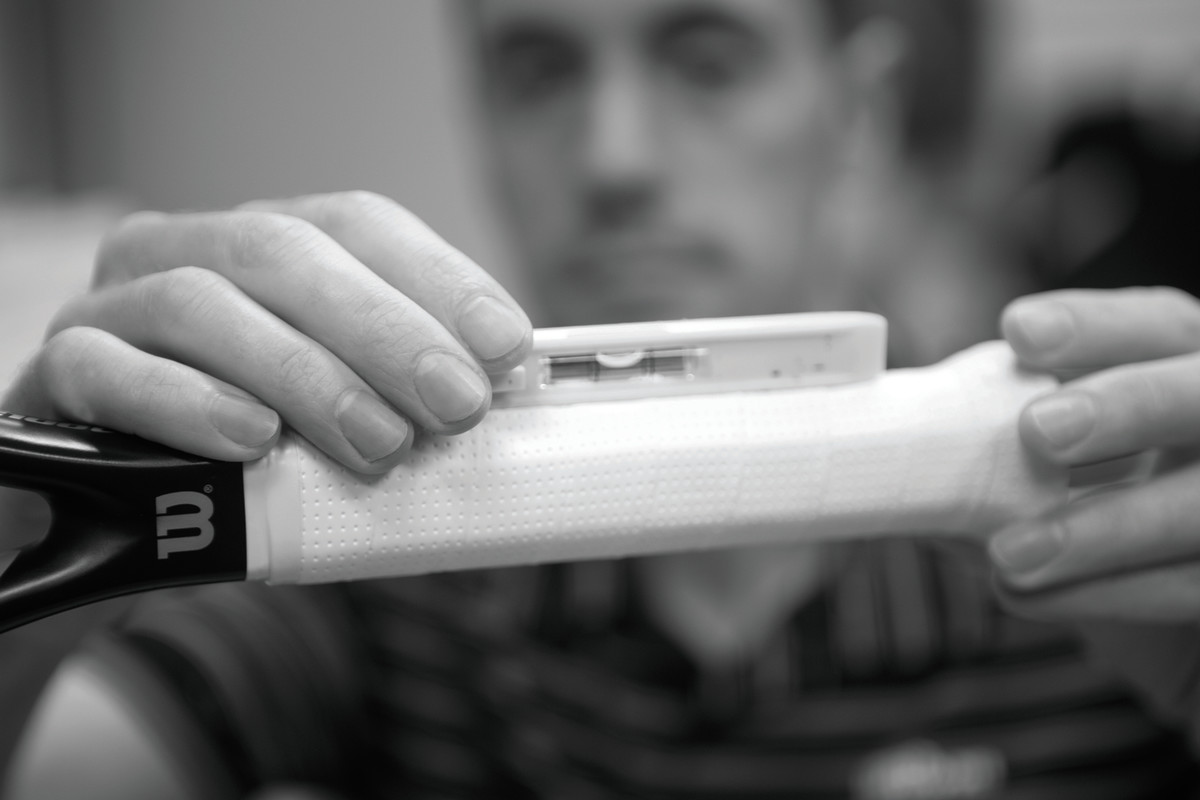
Go behind-the-scenes during the making of Wilson's spin technology. (Photos courtesy of Wilson)
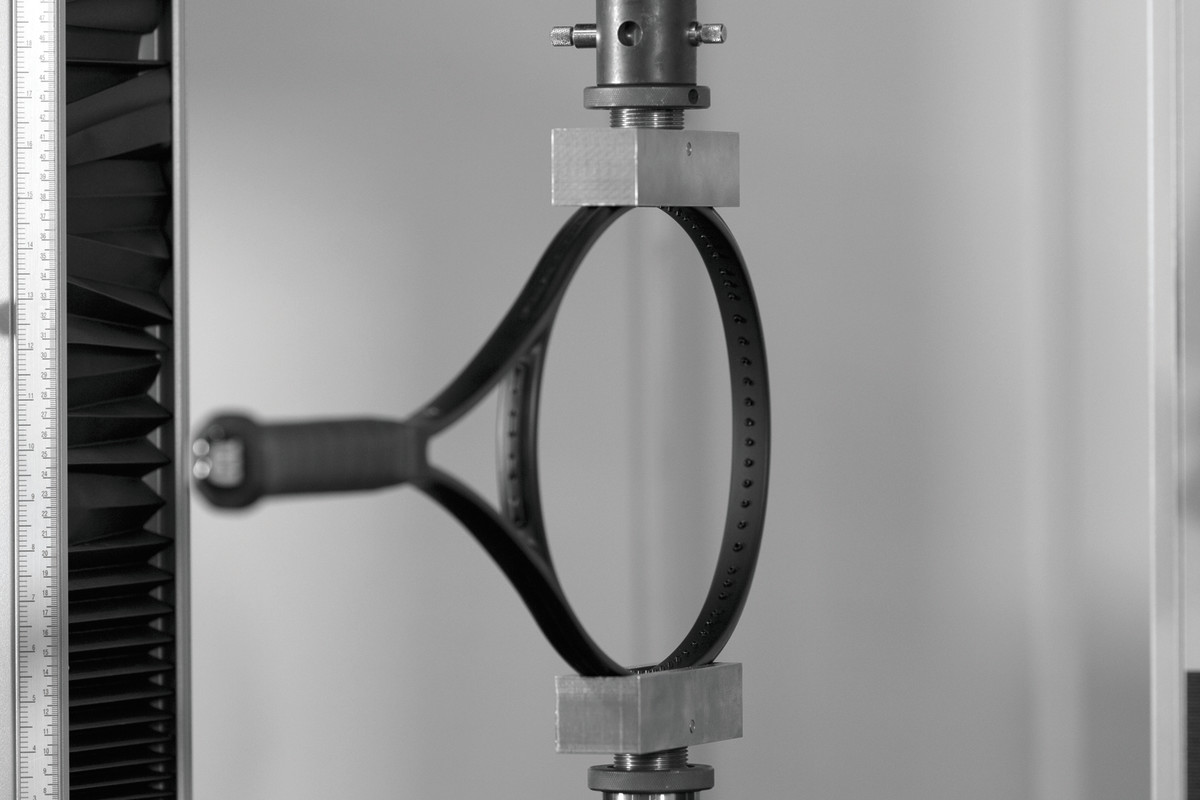
Go behind-the-scenes during the making of Wilson's spin technology. (Photos courtesy of Wilson)
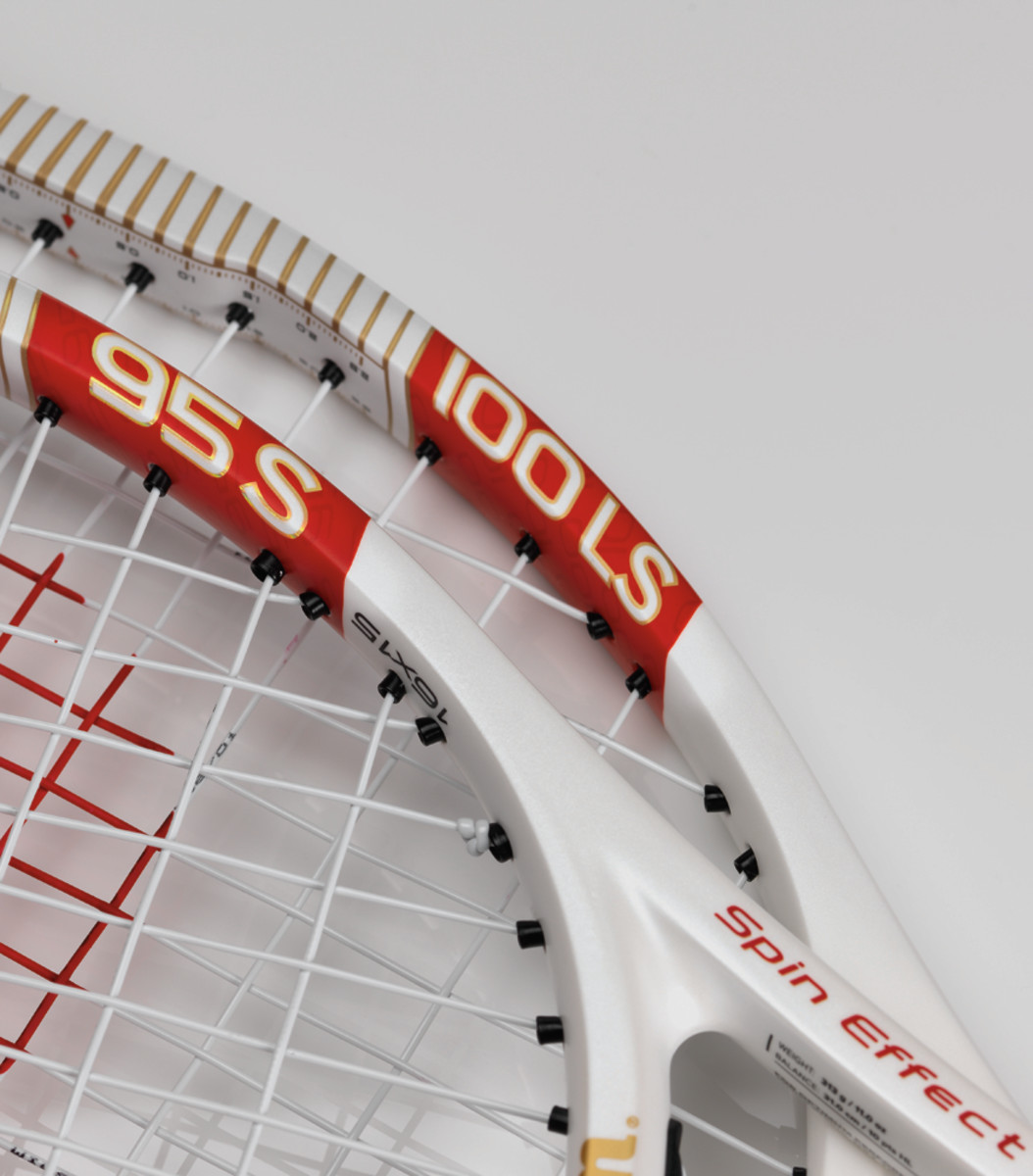
Go behind-the-scenes during the making of Wilson's spin technology. (Photos courtesy of Wilson)
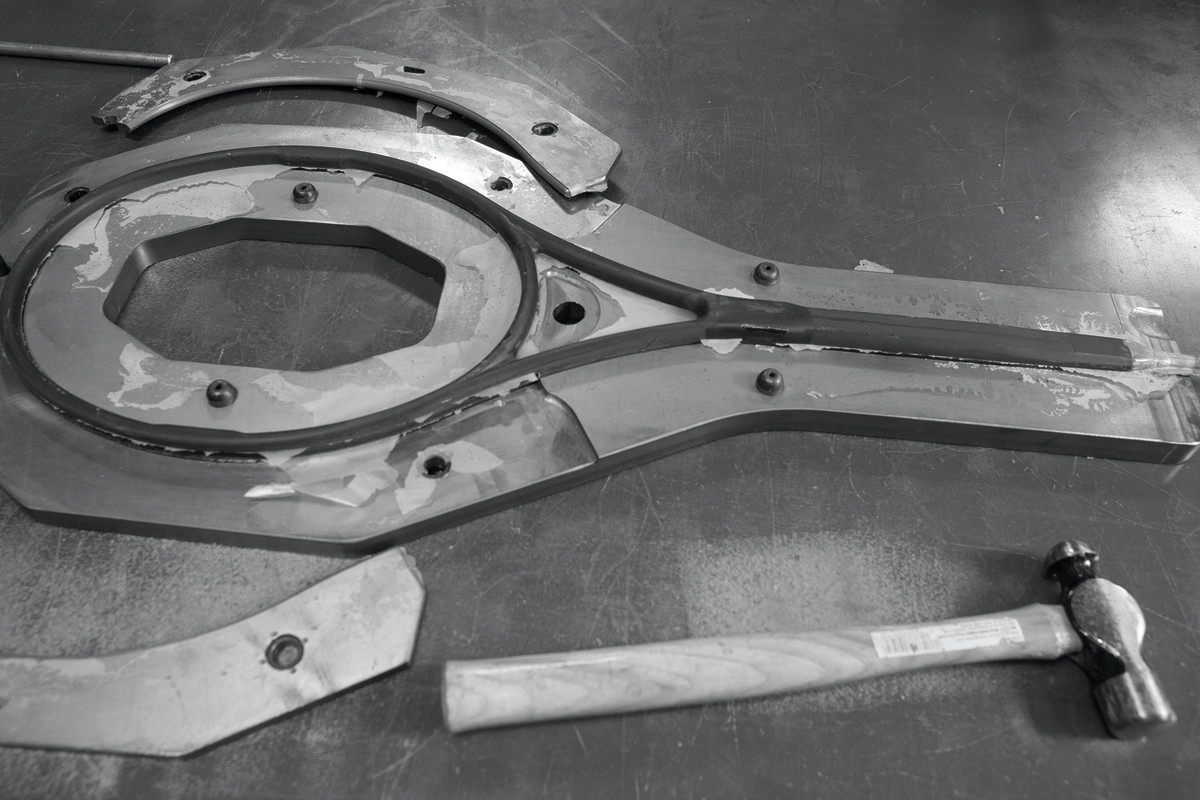
Go behind-the-scenes during the making of Wilson's spin technology. (Photos courtesy of Wilson)
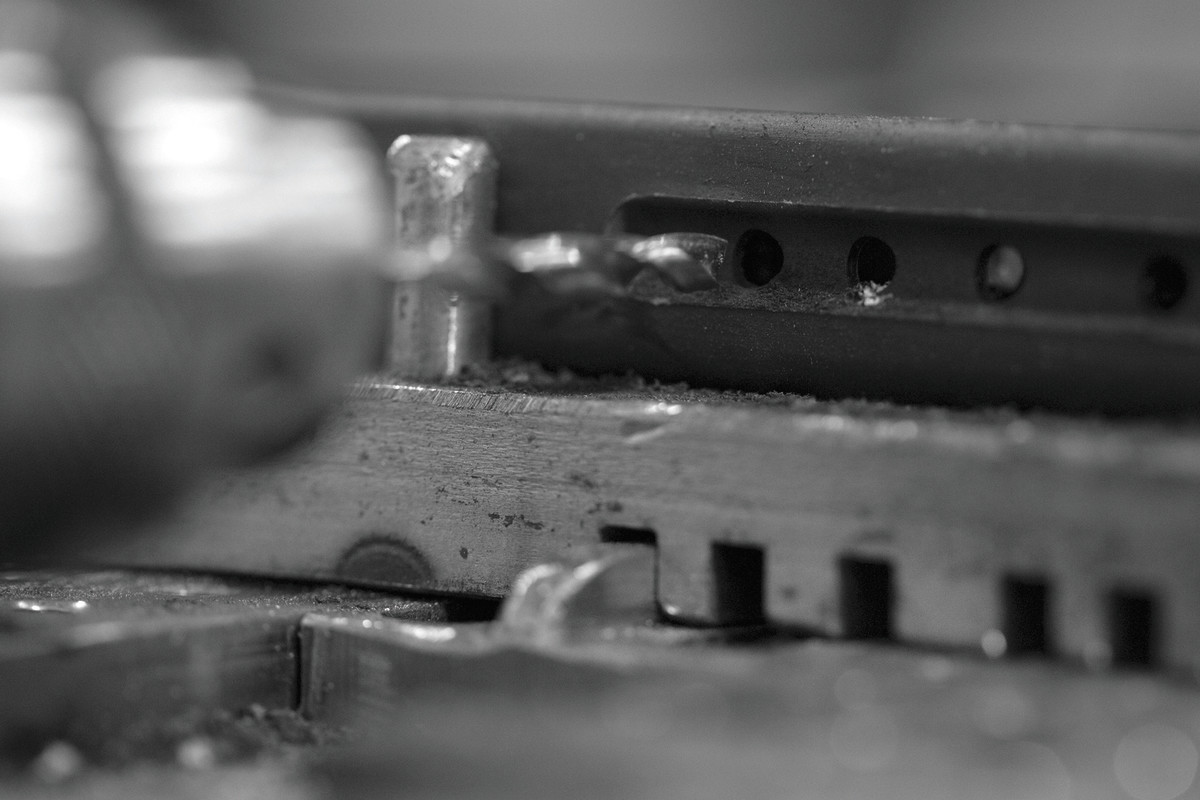
Go behind-the-scenes during the making of Wilson's spin technology. (Photos courtesy of Wilson)
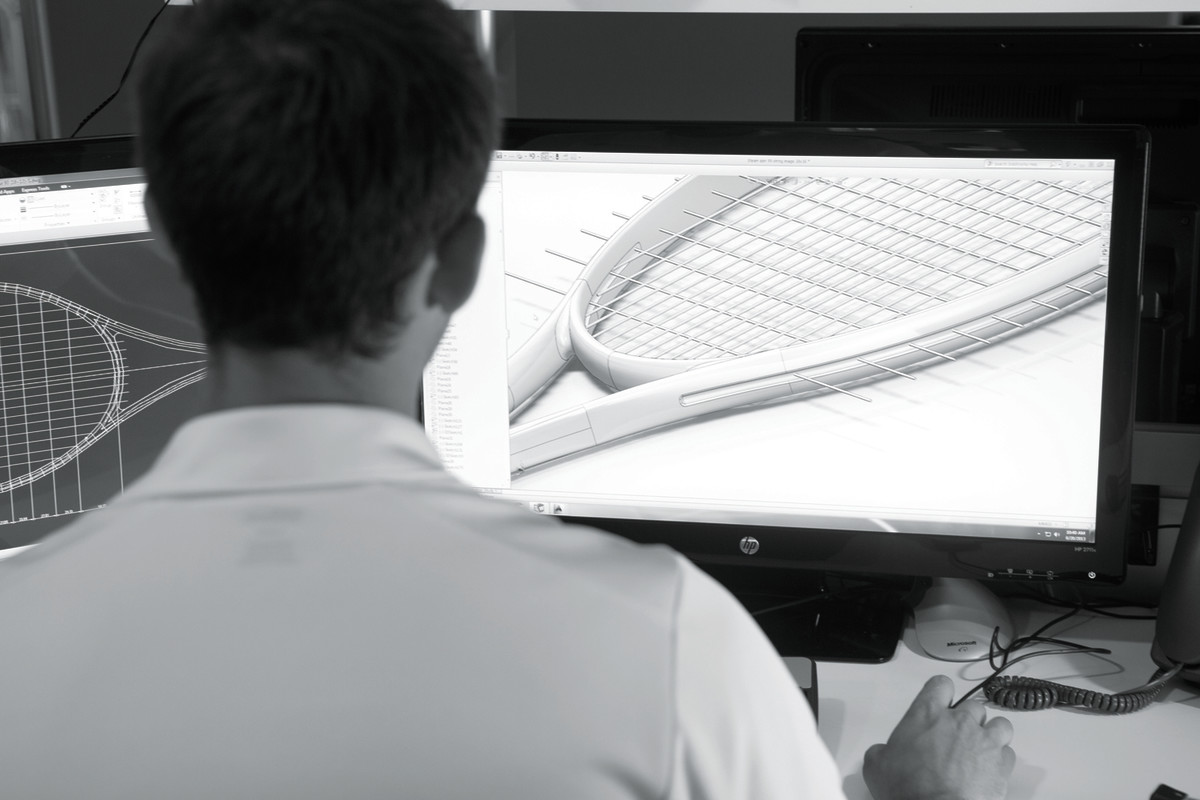
Go behind-the-scenes during the making of Wilson's spin technology. (Photos courtesy of Wilson)
